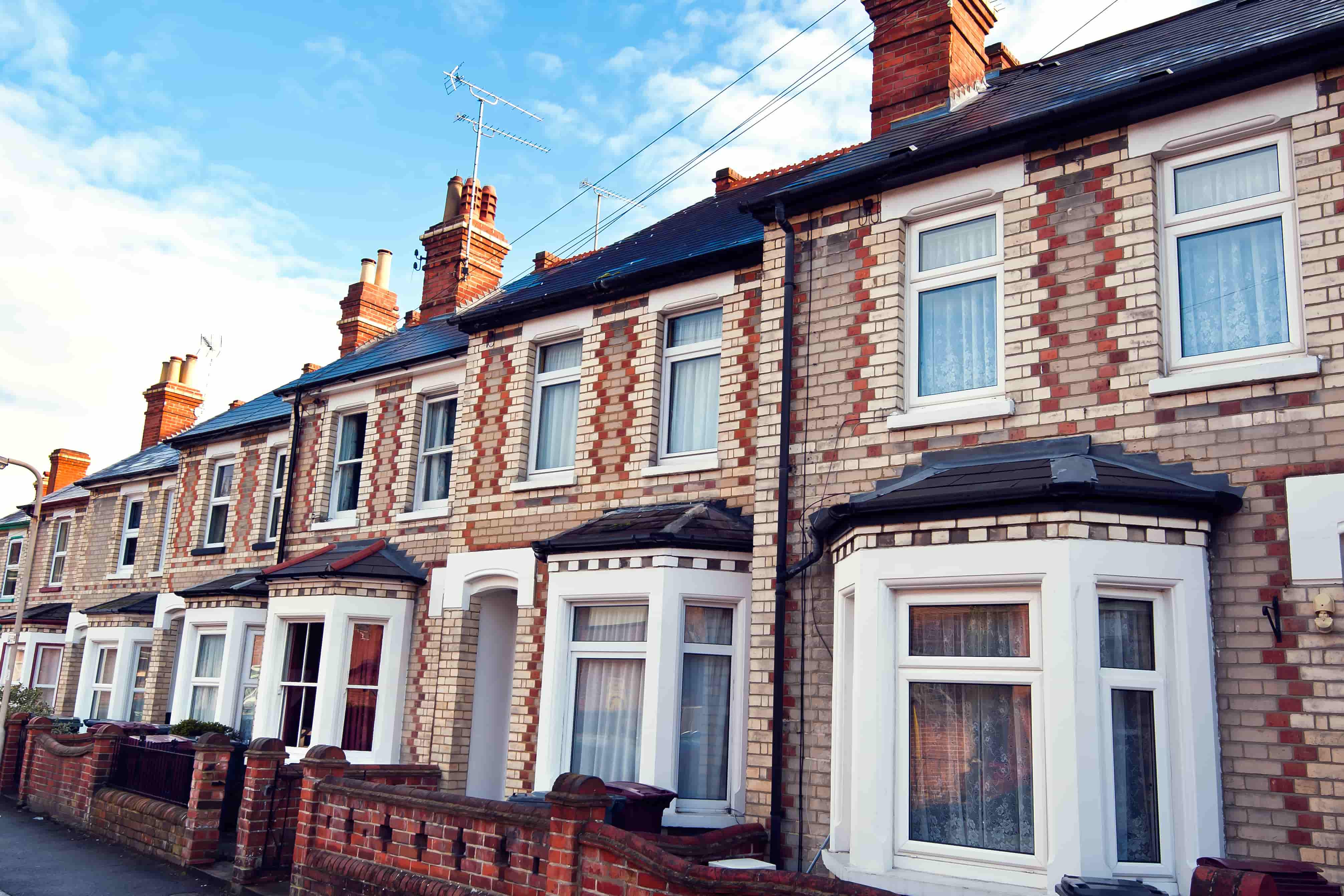
How to Improve Energy Efficiency in an Older Home
Older homes often have distinctive character and features which can make them highly desirable. However, older properties generally aren’t as energy efficient as newer homes. This is why older homes can sometimes feel colder and may be more expensive to run.
Worry not, there are a number of ways to make your house more energy-efficient, saving you money in the long run and doing your bit to be more sustainable.
Understand when your property was built
It’s worthwhile taking the time to understand when your property was built. Having an understanding of the architecture and way your property was built helps to ensure the work you’re doing doesn’t create any issues when undertaking any renovation projects.
Properties in the UK will usually fall into four separate categories:
Pre-1919 properties
Properties made before 1919 are often built with solid walls throughout. The materials used to build are often breathable.
Interwar
Interwar properties were built during the period between the start of the First World War and the end of the Second World War. These homes are built with cavity walls, meaning there are two ‘leaves’ of walls. The purpose of a cavity wall is to ensure no moisture penetrates the internal wall, keeping the home dry. Interwar homes can be some of the best quality builds and make for desirable properties.
Post-war – 2000
The post-war period saw a lot of experimentation as it sought to solve the housing problem following the Second World War. Towards the end of this era of property builds, large housing developers took the mantle. Properties built during this period are often considered to lack the quality of those before.
Properties built from 2000 onwards
Energy efficiency has become an increasingly discussed topic and housing developers and builders alike have taken steps to incorporate this into their builds. Despite this, there will be some homes from the start of this period which may need some improvements to ensure they’re as sustainable and energy efficient as possible.
Check your heating and boiler
A good place to start when looking to improve the energy efficiency of your home is to look at the heating and boiler. Check the radiators to see if there are any cold patches. If you notice a cold patch at the top of your radiator, it may need bleeding. If you notice a cold patch at the bottom of your radiator, it might be worth flushing the system.
Next, turn your attention to your boiler, has it been serviced recently? If your boiler hasn’t been replaced in the last ten years, it might be worth considering this. Consider the possibility of changing from a gas heat source and possibly adding some space for heat storage if you can.
Problems with heating older properties
Improving the heating system in an old home can sometimes be a pain. Much of the problems which occur are usually due to ventilation and moisture. If you’re struggling to know which option would be best for you, be sure to speak to an expert so they can give you the right advice for your home specifically.
Get smart with your heating
Using a smart heating control, you can easily control the heating for each room of your house. This means you’re not heating anywhere unnecessarily and can control the temperature for each room. This is a major improvement for old homes as they can often be more difficult to heat up than a newer build.
Seek out draughts
Draughts are a key cause for a property losing heat. Take a walk around your property on a cold day and identify where unwanted draughts are coming from. Letter boxes, windows and cracks below doors are some of the most common spots for draughts. Draughts can be simple to fix with draught excluders bought from the high street or bespoke tapes and seals which are made for this purpose.
Be wary not to cover up any ventilation spots in your house as these are important for your home. Often it’ll be easy to identify intended ventilation spots as these usually come in the form of fans and vents in windows.
Say goodbye to the beloved fireplace
Fireplaces are often a beautiful and desirable addition to any home, though they’re renowned for being a drain on energy. Many old properties were built with a fireplace as the focal point of the living room. If you have a fireplace which isn’t used, consider having it blocked. When having it blocked, don’t just close it up from inside as rain and dirt will still fall into it, ensure it’s closed at the top too.
Add loft insulation
Loft insulation is one of the cheapest ways to improve the energy efficiency of your home. It’s a simple and quick improvement that can save you a lot of money. Be sure to ensure there’s enough ventilation when undertaking any loft insulation process.
Remove gaps from your floorboards
Many old homes have wooden floorboards which can be prone to letting draughts in. Fixing this is not a simple job as you’ll need to identify whether there’s adequate ventilation below your floorboards to reduce the risk of rot. If you do have the right ventilation in place, you can draught proof or insulate these gaps. Choosing to insulate this will require taking up the floorboards and adding insulation underneath, so can be a costly job.
Add double glazing and replace external doors
Older homes were built with single glazed windows, if these haven’t been updated yet, this would be a great place to improve energy efficiency. Aged properties may have charming features like old external doors which add character, though these can also be a source of heat loss and are worth updating too.
Improve your home’s insulation
If you’re still concerned about the energy efficiency of your old home, it’s worth considering improving its insulation. Having said this, this is an area we’d recommend speaking to an expert. Insulation isn’t always the answer and can be a very difficult job to do properly. You may have heard plenty of people discuss adding cavity wall insulation, though this may not be an area which is needed for your property. A professional will be able to identify the best route to take and will also help you ensure there’s adequate ventilation.
Need help from a professional?
Looking to improve the energy efficiency of your old property and need help from a professional? We can help by bringing you in touch with a trusted and reliable architect in your area.
Last Updated: November 1st, 2024








